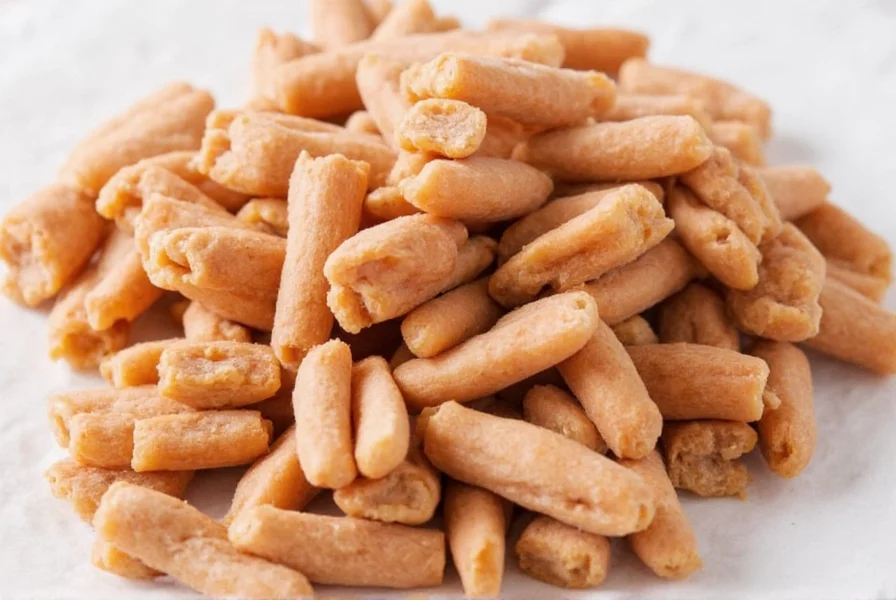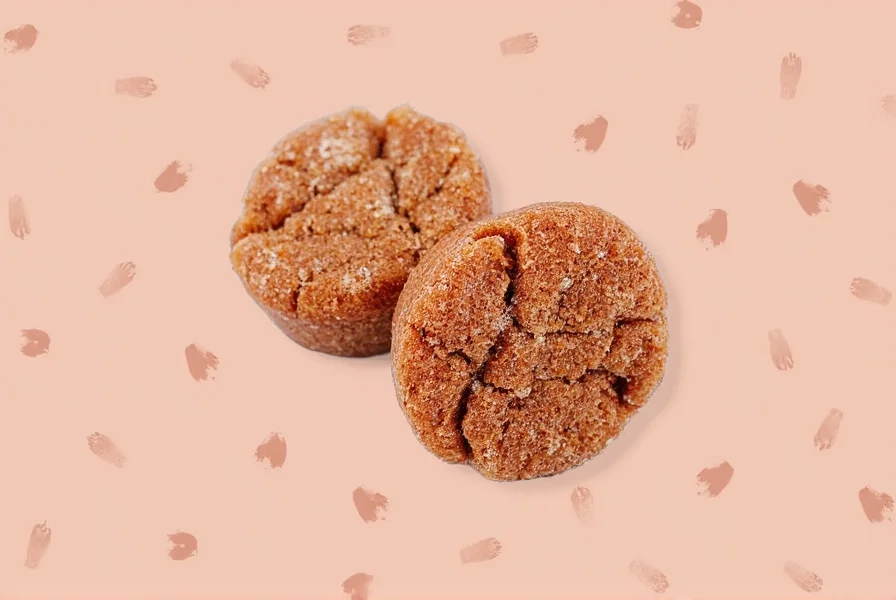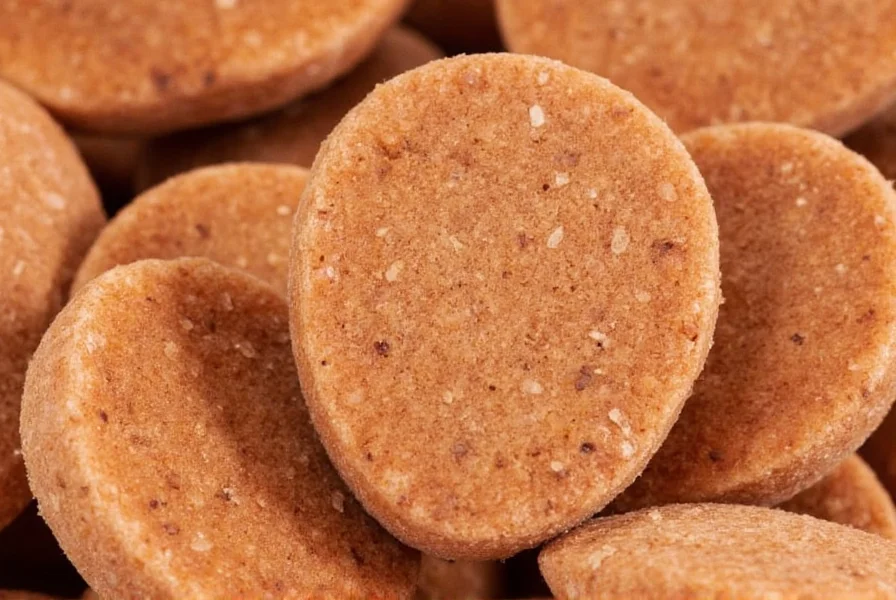Cinnamon candy stands apart from other confections due to its unique flavor chemistry. The active compound cinnamaldehyde, which makes up 60-90% of cinnamon bark oil, creates that signature warming sensation that many describe as 'hot' but isn't technically spicy like capsaicin in chili peppers. This distinctive sensory experience has made cinnamon candy a beloved treat across multiple generations and cultures.
The Historical Roots of Cinnamon Confectionery
Cinnamon's journey into candy form began centuries ago when this precious spice traveled along ancient trade routes from Sri Lanka, its native home. Originally valued more than gold in some civilizations, cinnamon gradually became more accessible as trade expanded. By the 19th century, confectioners began experimenting with cinnamon as a flavoring agent for sweets. The first commercially produced cinnamon candies emerged in the late 1800s, with Swedish Fish introducing their cinnamon-flavored variant in the 1950s, which helped popularize the flavor profile globally.
How Authentic Cinnamon Candy Is Made
The production process for quality cinnamon candy involves careful formulation to balance the intense cinnamon flavor with appropriate sweetness. Manufacturers typically use either:
- Ceylon cinnamon (true cinnamon) - milder, more complex flavor
- Cassia cinnamon - stronger, more common in commercial products
- Synthetic cinnamaldehyde - used in some mass-produced varieties
| Cinnamon Type | Flavor Profile | Common Candy Applications |
|---|---|---|
| Ceylon Cinnamon | Milder, sweeter, more complex | Premium artisan candies, European specialties |
| Cassia Cinnamon | Stronger, more intense, slightly bitter | Most commercial candies, red hots, fiery varieties |
| Synthetic Cinnamaldehyde | Consistent, very intense heat | Challenge candies, extreme flavor products |
The candy base typically consists of sugar, corn syrup, and flavoring agents. For hard candies, the mixture is heated to the hard-crack stage (300-310°F), then cooled and shaped. Chewy varieties incorporate additional ingredients like gelatin or pectin to create their distinctive texture. The timing of when cinnamon oil is added during production significantly affects the final flavor intensity.
Different Types of Cinnamon Candy Around the World
Cinnamon candy manifests in numerous forms across different cultures, each with its own distinctive characteristics:
- Red Hots - Small, hard candies known for their intense cinnamon heat that builds gradually
- Cinnamon Imperials - British chewy candies with a softer cinnamon profile
- Cinnamon Bears - Gummy candies offering a milder cinnamon experience
- Swedish Fish (Cinnamon) - The red variety that popularized cinnamon flavor in gummies
- Fireballs - Iconic cinnamon-flavored gum balls known for their intense heat
- Ching's - Australian chewy cinnamon candies with a distinctive texture
- Kayak Cinnamon - Swedish soft candies with authentic cinnamon flavor
Regional variations reflect local taste preferences, with Scandinavian countries favoring more authentic cinnamon flavors, while American varieties often feature more intense, sometimes artificial-tasting profiles designed for the "cinnamon challenge" phenomenon.

Understanding the Cinnamon Candy Flavor Experience
What makes cinnamon candy unique is its biphasic flavor experience. Unlike most candies that deliver immediate sweetness, quality cinnamon candy follows a distinct progression:
- Initial sweetness - The sugar base provides immediate sweet sensation
- Flavor development - Cinnamon compounds begin activating taste receptors
- Warming sensation - Cinnamaldehyde triggers thermoreceptors, creating heat
- Aftertaste - Lingering warmth that can last several minutes
This progression explains why some people find cinnamon candy challenging at first but develop a preference over time. The warming sensation isn't actual heat but rather a neurological response that mimics thermal sensation. This distinctive sensory journey makes cinnamon candy particularly memorable compared to single-note sweet candies.
Selecting Quality Cinnamon Candy
When choosing cinnamon candy, consider these factors that distinguish premium products from inferior ones:
- Ingredient transparency - Look for products specifying "cinnamon oil" rather than just "artificial flavor"
- Flavor balance - The best varieties balance sweetness with authentic cinnamon warmth
- Texture consistency - Properly made candies should have uniform texture without crystallization
- Aftertaste quality - Premium candies leave a pleasant warming sensation, not chemical bitterness
Artisanal producers often use higher concentrations of genuine cinnamon oil, creating a more complex flavor profile that evolves as you eat the candy. Mass-produced varieties frequently rely on synthetic cinnamaldehyde for consistency and lower cost, which can result in a one-dimensional, overly intense experience.
Cultural Significance and Modern Trends
Cinnamon candy holds special significance in various cultures. In Scandinavian countries, cinnamon-flavored sweets are traditional holiday treats, often enjoyed during the dark winter months for their warming properties. The "cinnamon challenge" that went viral in the 2010s introduced a new generation to intense cinnamon candies, though food safety experts warn against attempting this potentially dangerous trend.
Modern confectioners are experimenting with premium cinnamon candy formulations, including:
- Organic and natural ingredient formulations
- Ceylon cinnamon-based products for more authentic flavor
- Combination flavors like cinnamon-chocolate or cinnamon-apple
- Sugar-free varieties using alternative sweeteners

Practical Applications Beyond Simple Consumption
Cinnamon candy serves purposes beyond just being eaten straight from the package. Creative uses include:
- Melting into hot beverages for natural flavoring
- Crushing for baking decorations or flavor enhancement
- Using as a natural breath freshener (cinnamon has antimicrobial properties)
- Incorporating into DIY crafts and holiday decorations
- Creating homemade extracts for cooking
While cinnamon itself has documented health benefits in moderation, it's important to remember that cinnamon candy contains significant sugar content, so consumption should be enjoyed as an occasional treat rather than a health supplement.
Frequently Asked Questions About Cinnamon Candy
Why does cinnamon candy feel hot in your mouth?
Cinnamon candy creates a warming sensation because cinnamaldehyde, the primary compound in cinnamon, activates the same thermoreceptors in your mouth that respond to actual heat. This neurological response tricks your brain into perceiving warmth or heat, though no actual temperature change occurs. Unlike capsaicin in chili peppers which triggers pain receptors, cinnamaldehyde primarily affects warmth receptors, creating that distinctive cinnamon "heat" without the burning pain.
What's the difference between Ceylon and Cassia cinnamon in candy?
Ceylon cinnamon ("true cinnamon") comes from Sri Lanka and has a more delicate, complex flavor with subtle sweet notes and lower coumarin content. Cassia cinnamon, more commonly used in commercial candies, is stronger, more intense, and slightly bitter with higher coumarin levels. Most mass-produced cinnamon candies use Cassia because it's less expensive and delivers a more pronounced "kick" that many consumers associate with cinnamon flavor. Premium artisan candies increasingly use Ceylon for a more authentic, nuanced experience.
Why do some cinnamon candies get hotter the longer you suck on them?
This progressive heat effect occurs because cinnamaldehyde is fat-soluble but not water-soluble. As the candy dissolves in your mouth, the sugar and water-soluble components dissolve first, leaving behind a more concentrated layer of cinnamon oil. This increasing concentration creates the sensation of intensifying heat the longer you consume the candy. Well-formulated cinnamon candies balance this effect to provide an enjoyable experience rather than an overwhelming one.
Are there any health benefits to eating cinnamon candy?
While cinnamon itself contains compounds with potential health benefits (like antioxidants and anti-inflammatory properties), these benefits are significantly diminished in candy form due to the high sugar content. The small amount of cinnamon in most candies doesn't provide meaningful health benefits. However, cinnamon does have natural antimicrobial properties that can help freshen breath temporarily. For health benefits, consuming cinnamon in less processed forms like in tea or added to foods without excessive sugar would be more beneficial.
How should you store cinnamon candy to maintain freshness?
Store cinnamon candy in an airtight container away from heat and moisture to preserve its flavor and texture. Exposure to humidity can cause hard candies to become sticky, while heat can cause melting or flavor degradation. For long-term storage, keep candies in a cool, dark place - refrigeration isn't typically necessary but can extend shelf life. Properly stored, most cinnamon candies maintain optimal flavor for 6-12 months, though they often remain safe to eat beyond that timeframe with gradually diminishing quality.











 浙公网安备
33010002000092号
浙公网安备
33010002000092号 浙B2-20120091-4
浙B2-20120091-4